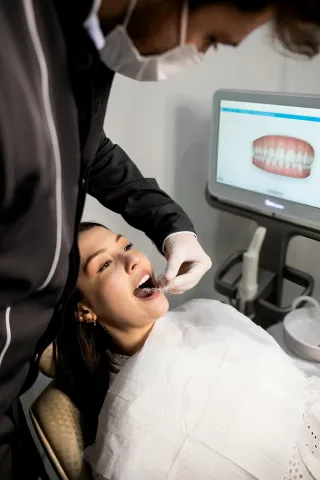

CALL NOW!
Information
Our Wisdom Teeth Removal Information Page is dedicated to providing you with comprehensive insights into the specialized procedure we offer. Explore in-depth guides and watch educational videos. We're committed to ensuring you're well-informed and confident when choosing us for your wisdom teeth extraction needs.
Utahs Best Deals for Low-Cost Wisdom Teeth Extraction
Find the best deals for low-cost wisdom teeth extraction in Utah. Explore affordable options, clinics, and tips to save money while receiving top-quality care. ...more
Costs ,Insurance
September 29, 2024•11 min read

Empower Your Smile: Our Path to Affordable Wisdom Teeth Removal in Utah
Discover how to access affordable wisdom teeth removal in Utah. Learn about cost-saving options, payment plans, and quality care that empowers your smile without breaking the bank. ...more
Costs ,Insurance
September 25, 2024•10 min read

Breaking Down the Numbers: Demystifying the Fluctuations in Wisdom Teeth Removal Costs
Understand why wisdom teeth removal costs vary. Break down the factors behind the price fluctuations to make informed decisions and plan your budget effectively. ...more
Costs ,Insurance
September 20, 2024•11 min read

Frequently Asked Questions
What are wisdom teeth, and why do they need to be removed?
Wisdom teeth, also known as third molars, are the last set of teeth to erupt in the mouth, usually between the ages of 17 and 25. They often cause problems because there is insufficient space for them to fully emerge or they may grow in an improper position. This can lead to various issues like pain, infection, tooth decay, gum disease, and damage to adjacent teeth. Wisdom teeth removal is a common procedure to address these concerns.
How do I know if my wisdom teeth need to be removed?
If you are experiencing pain, swelling, infection, damage to neighboring teeth, or overcrowding, it is advisable to consult with a dental professional who can examine your mouth and take X-rays to determine the position and condition of your wisdom teeth. Based on their assessment, they can recommend the need for wisdom teeth removal. If you do not have a dentist, please call us and set up a FREE consultation and x-ray to determine a plan that is right for you.
Why are the third molars referred to as wisdom teeth?
According to the Oxford Dictionary, third molars are referred to as wisdom teeth because their common age of eruption is between 17 and 25. Aristotle explained it this way 2500 years ago!
"The last teeth to come in man are molars called ‘wisdom-teeth’, which come at the age of twenty years, in the case of both sexes. Cases have been known in women upwards of eighty years old where at the very close of life the wisdom-teeth have come up, causing great pain in their coming; and cases have been known of the like phenomenon in men too. This happens, when it does happen, in the case of people where the wisdom-teeth have not come up in early years."
— Aristotle, The History of Animals.
Why do we have third molars if we just remove them?
Third molars helped our human ancestors to grind plant tissue during a time when leafy greens were a more important part of our diet. It is thought that the skulls of our ancestors had larger jaws with more room to accommodate more teeth which helped them to chew foliage more efficiently. This was important because humans lack the ability to efficiently digest cellulose, an important part of plant cell walls. Since the advent of agriculture, almost 10,000 years ago, our diets have become softer and include a larger amount of sugar and high energy foods. These diets have resulted in smaller jaws and not enough room for the wisdom teeth. So when they begin to erupt, they are often painful or crooked and do not fit properly in the mouth. Their removal becomes mandatory for a healthy mouth.
What is the process for removing wisdom teeth?
The process for wisdom teeth removal involves a surgical procedure performed by a dentist or oral surgeon. It typically includes making an incision in the gum tissue, removing any bone that blocks access to the tooth, cutting the tooth into smaller pieces and then removing the pieces and suturing the incision. This procedure ensures the complete removal of the impacted or problematic wisdom tooth.
Does everyone have 4 wisdom teeth?
No, although 4 is the most common number (one in each corner of the mouth); some people have 1, 2 or 3 wisdom teeth and some people don’t have any at all! In rare cases people develop additional teeth in the area of the wisdom teeth call ‘para-molars’ and may have 5 or more!
Does wisdom teeth removal require anesthesia or sedation?
Wisdom teeth removal usually requires some form of anesthesia or sedation to ensure patient comfort during the procedure. Your dentist will discuss the options with you, which may include local anesthesia to numb the area around the tooth or general anesthesia to render you unconscious during the surgery. We provide an IV sedation for each patient we see. This guarantees you maximum comfort, no memory of the procedure and a faster recovery.
How long does it take to recover from wisdom teeth removal?
The recovery period after wisdom teeth removal varies from person to person, but it generally takes about a week to fully recover. During this time, you may experience some swelling and discomfort. Following the post-operative instructions provided by your dentist or oral surgeon, such as taking prescribed pain medications and applying ice packs, can aid in a smoother recovery process.
What are the potential risks and complications of wisdom teeth removal?
Like any surgical procedure, there are potential risks and complications associated with wisdom teeth removal. These include infection, dry socket, nerve damage, sinus problems, and temporary or permanent jaw stiffness. However, these complications are relatively rare, and your dental professional will take necessary precautions to minimize the risks.
Can I eat normally after wisdom teeth removal?
Initially, you’ll need to stick to a soft or liquid diet for the first few days after the surgery to facilitate healing. As you progress in your recovery, you can gradually reintroduce solid foods into your diet. It’s important to avoid straws and hard, crunchy, or spicy foods that could irritate the extraction sites. Your dentist or oral surgeon will provide specific dietary guidelines to follow.
Are there any specific instructions or precautions I should follow before and after the procedure?
Prior to wisdom teeth removal, your dental professional will provide you with detailed instructions tailored to your specific situation. These instructions include: fasting 5-6 hours before the surgery, avoid smoking or using a straw post-surgery, take regularly prescribed medications, apply ice packs, maintain proper oral hygiene, and call us if you encounter any problems on our 24/7 after care nurse line. Adhering to these instructions is crucial for a successful recovery.
Will I experience pain during or after the removal?
The procedure itself is usually painless due to anesthesia or sedation. However, it is common to experience some discomfort and swelling after the surgery. Your dentist may prescribe pain medications to manage any post-operative pain. Additionally, using home remedies such as applying ice packs and rinsing with warm saltwater can help alleviate discomfort during the recovery period.
What are the alternatives to wisdom teeth removal?
In certain cases where the wisdom teeth are fully erupted, positioned correctly, and not causing any problems, they may not need to be removed. Regular monitoring and good oral hygiene practices are essential to ensure they do not cause complications in the future. However, if extraction is recommended, it is typically the most effective solution to prevent potential issues associated with impacted or problematic wisdom teeth.
What does it mean that a wisdom tooth is ‘impacted’?
Your dentist will classify a tooth by the degree to which it has been able to grow out of your jaw bone. If a tooth remains trapped in the bone, usually by a lack of space or close proximity to other teeth, the tooth is considered to be ‘impacted’. If your wisdom teeth are impacted and need to be removed, you will experience some degree of swelling around the lower wisdom teeth. Sometimes patient’s refer to this as the “chipmunk effect” because after surgery you look like you are packing nuts in your cheeks like a chipmunk!
When is the best time to remove the wisdom teeth?
This is always a hard question to answer, simply because we can’t see into the future. However, if an X-ray indicates that there is inadequate room for the wisdom teeth to develop then a few criteria may indicate the ideal time to remove the wisdom teeth. Your doctor will help you decide when the time is right - They are best removed before the roots have fully developed. Ideally, when root development is between 25% and 50%. Undeveloped roots increase the chances that your surgery will be successful and you will not suffer any long term negative effects.- If possible, allowing the tooth to erupt as much as possible before it gets ‘stuck’ is also favorable. The closer the tooth gets to erupting, the simpler the surgery to remove it will be.- Age is a consideration and patients in their late teens are ideal candidates for removal. However, in some instances patients as young as 10 years old or as old as 90 may require wisdom tooth removal.- Oftentimes patients will remove the wisdom teeth to prepare for braces at the request of their Orthodontist.- …And, if your wisdom teeth are hurting…this is a great time to remove them!
What could happen if I don’t remove my wisdom teeth when my doctor recommends that I do?
If you wait until your adult years to remove your wisdom teeth several things become more complicated about your surgery.- First, at some point in your late-late teens or early twenties, your lower wisdom teeth will grow root tips and finish developing. Once this happens, the risk of the root tips interfering with the nerve in your mandible raises the risk of temporary or permanent numbness in your lower lip and chin.- The older you become, generally the more dense your bone becomes. Increased bone density will increase the difficulty of removing the wisdom teeth and could cause additional swelling and healing time.- Younger patients heal faster and with less complications overall than older patients. Younger patients generally experience less dry socket, pain and swelling than older patients.
What is a dry socket?
A dry socket (local alveolar osteitis) occurs when the blood clot is lost from the hole left in the jaw after a wisdom tooth is extracted. It generally results in a dull, uncomfortable ache. It is easily treated in the office where you had your wisdom teeth removed.
What can be done to prevent a dry socket?
We see very few dry sockets in our practice! We are excited to provide you with a state of the art procedure called Platelet Rich Fibrin (PRF) to reduce your chances of dry socket from 1 in 10 to 1 in 100! We offer this procedure at no charge to you! After placing your IV, we will draw a small amount of blood. That blood will be put into a centrifuge and spun very fast until it separates into distinct layers. One of the layers, the Platelet Rich layer contains numerous white blood cells, neutrophils and other key components of healing. This portion of your blood will be put back into the socket to stimulate bone growth and healing, reduce pain and inflammation and dramatically reduce your chance of dry socket. Dr. Hendrickson believes PRF is so beneficial that he provides this service to all of his patients at no cost. Thanks to PRF treatment we see a very small number of dry socket.
Where are you located?
We have 2 locations. Our Provo & Murray offices are located...
Provo Location:
2230 N University Pkwy #8A
Provo, Utah
84604
(801) 370-0050
Murray Location:
5888 S 900 E #101
Murray, UT
84121
(801) 370-0050
What are your hours?
We are open Monday - Friday 8:00 am -5:00 pm MST.
Surgeries are scheduled on Thursdays (Provo) and Fridays (Murray).
Provo Location:
2230 N University Pkwy #8A
Provo, Utah
84604
(801) 370-0050
Murray Location:
5888 S 900 E #101
Murray, UT
84121
(801) 370-0050
